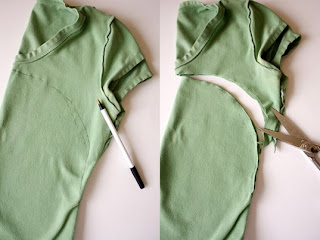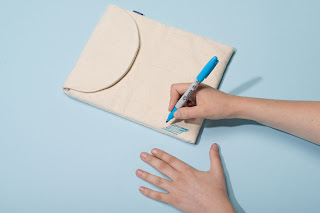Will putting polka dots inside a cake work? How does one do that?
I conducted a little experiment to find out.
Perhaps you've seen these in the store lately and walked right by them.
Like I did. Countless times.
I kept asking myself, "Why in the world would I possibly need that
when I can roll a perfectly round cake ball with my own two hands?"
And then one night I had this great idea for an experiment.
(I always call them great ideas until they fail miserably.)
How about using them to put polka dots inside a cake?
Rather large polka dots. But polka dots all the same.
After researching cake ball pans a bit, I settled on this brand.
Mostly because makes 18 balls at once and my coupons at
Bed Bath and Beyond were begging to be used.
With tax and coupon, final cost was just over $16.
I started with a white cake mix and made some of the adjustments
recommended in the instruction guide that came with the bake pop pan.
After dividing the batter in half, I further divided half of the batter evenly
between 6 bowls for tinting. The colors I used were AmeriColor soft gel
pastes in 113 orange, 107 lemon yellow, 164 electric pink, 162 electric green,
103 sky blue, and a mix of 130 regal purple/165 electric purple.
I used about 1/2 t. of each so that the colors would remain vivid after baking.
You can see the bright colors in the vents peeking through after the clamps were put on.
The instruction guide suggests baking at 350F for 25-30 minutes but that sounded WAY too long.
My goal was to slightly under bake them so that they wouldn't dry out too much during
the second bake time. They were done at 13 minutes in my oven.
The instruction guide also suggests spraying some non-stick baking spray with
flour on the outside of the vents. I failed to take their advice.
I was sure that only filling them to the rim wouldn't cause eruptions.
But I was wrong. Mini volcanoes.
The happiest surprise of the day was that the volcanoes were more like
little caps that popped off almost by themselves leaving the insides intact.
The mess on the outside was minimal after removing
the tops with no damage to the balls.
The pans are non-stick but do require a baking spray
with flour to help the balls bake evenly.
Clean up was fairly easy.
After some quality control and taste testing of the volcanoes, the experiment resumed.
I also ended up trimming the tiniest bit off the tops to make them rounder.
We'll see if that mattered later on.
The scraps.
After adding just enough batter to cover the bottom of my prepared pans,
the cake balls were placed inside.
My original plan was to freeze the balls before this step
but I skipped it so they were room temp when they went in the pans.
The remaining batter was scooped over each ball to cover.
And into the oven they went. Looking rather more like dinner rolls than cake.
I didn't tap the pans or even the batter out for fear of uncovering the balls.
I ended up using 2 white cake mixes for 3 six-inch rounds.
Long story. After trying to capture the steps on the camera, the half batch
of batter that I'd hoped to use to cover the balls was getting weird.
It had just set out too long. I baked it up in a small oval pan as a decoy
for my husband to keep him away from the real project.
Not a task for the faint of heart.
For the cake balls, I used the cake mix and pudding along with
the substitution of milk for the water per the instruction guide.
I did not decrease the liquid as suggested or increase the eggs but
went instead with the amounts on the cake mix box.
Since I'd used whole eggs for the cake balls, the remaining half batch
of batter had a yellow tinge. And there wasn't enough of it to cover the balls.
Yet another reason to use a second cake mix.
The second mix was mixed using the egg white method and
ingredients listed on the box except for about a teaspoon of almond extract.
Force of habit.
So I had a nice white batter to contrast with the bright colors.
The filled six-inch rounds baked about 30 to 35 minutes or until they pulled
from the sides of the pan and sprang back when touched lightly.
I didn't use the toothpick method for fear of stabbing a colored ball or hopefully
soon-to-be-polka-dot since the balls were already cooked and not a true gauge of doneness.
Waiting for them to cool and frost was like waiting for my water to break with my first born.
Okay. Maybe not quite that dramatic. But the anticipation was palpable in my kitchen.
I know, I know. Get a life.
You can see some of the color coming through in spots.
Never wanted to take a knife to a cake more badly in my life.
But I waited.
Off to the freezer to chill out and wait until the next day for a
crumb coat and slathering of white frosting.
The question mark seemed like a perfect accent to this cake since I still had no clue if this would work.
And then the giant cut to remove all doubt . . .
It actually worked!!! Hooray!
The first slice left this design. Not all dots showing but they're in there somewhere.
After cutting the second large piece, all but one color magically appeared.
Perhaps placing one more ball in the pan would've produced a more even pattern.
Next time.
The colored balls stayed as moist as the rest of the cake even
though they were completely baked before hand.
recipe from:http://once-upon-a-pedestal.blogspot.com.au/2012/05/polka-dot-cake-from-bake-pop-pan.html








































